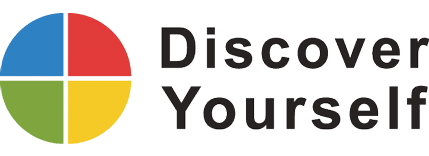Defining Success
What is your definition of success? Many of us might not have thought much about what success means to us. All too often we accept someone else’s definition of success- a college degree, a career, marriage, kids, a mortgage. These paths aren’t always the right one for individuals to take; each person needs to define success for themselves.
Defining success can be difficult. We often aren’t sure of who we are or what we want to be, even if we have already grown up. What we are passionate about might have been left by the wayside or never discovered in the first place. Defining success for ourselves is a journey, just as life is.
Finding success
Finding success is, of course, as elusive as finding happiness. When we have it, we don’t always know it, and often we are so intent on finding it that we forget to enjoy the moment we are in. These moments, the everyday moments, are the ones in which we can find what success means to us as individuals. Without considering other peoples’ expectations or definitions of success, we can learn to define who and what we want to be.
Finding success starts with a starting point and a goal. Knowing where you are and where you want to go can help define success to you personally. Starting with where you are can mean categorizing certain parts of your life, such as your physical life, spiritual life, family, friends, work, and finances.
Some goals are small; in fact, the smaller the goal, the greater the accomplishments. Life is lived in moments, and successes aren’t just those big life changing moments we occasionally have. Some successes come in increments, making the larger journey that much more attainable.
Success on life’s journey
Success isn’t always where you are today, but where you have come from. Having the ability to look back and see how far you have come in meeting your personal goals is part of defining success on your terms. Success doesn’t always mean climbing a ladder- sometimes it means taking a step back and reassessing what is the most important to you and moving in that direction.
Part of success is also recognizing that failures will happen. Society tells us that to fail is bad; however, failure makes us learn faster and often pushes us towards life lessons that need to be learned. Failure can be beneficial to individuals in the long run when it comes to defining successes later on.
Jung opened up an entirely new world with his discoveries, and discoveries into the psychology of personality and the self are still being made today. Insights Discovery is based squarely on Jung’s theories, and as such is an invaluable tool in helping people understand themselves and others. Schedule me, Scott Schwefel, as your keynote speaker, and I will come to your group and address the differences in personalities in a truthful, fun, and easy-to-understand way. Follow me on Facebook, LinkedIn, and Twitter to share my blogs with the color energies you work with!












